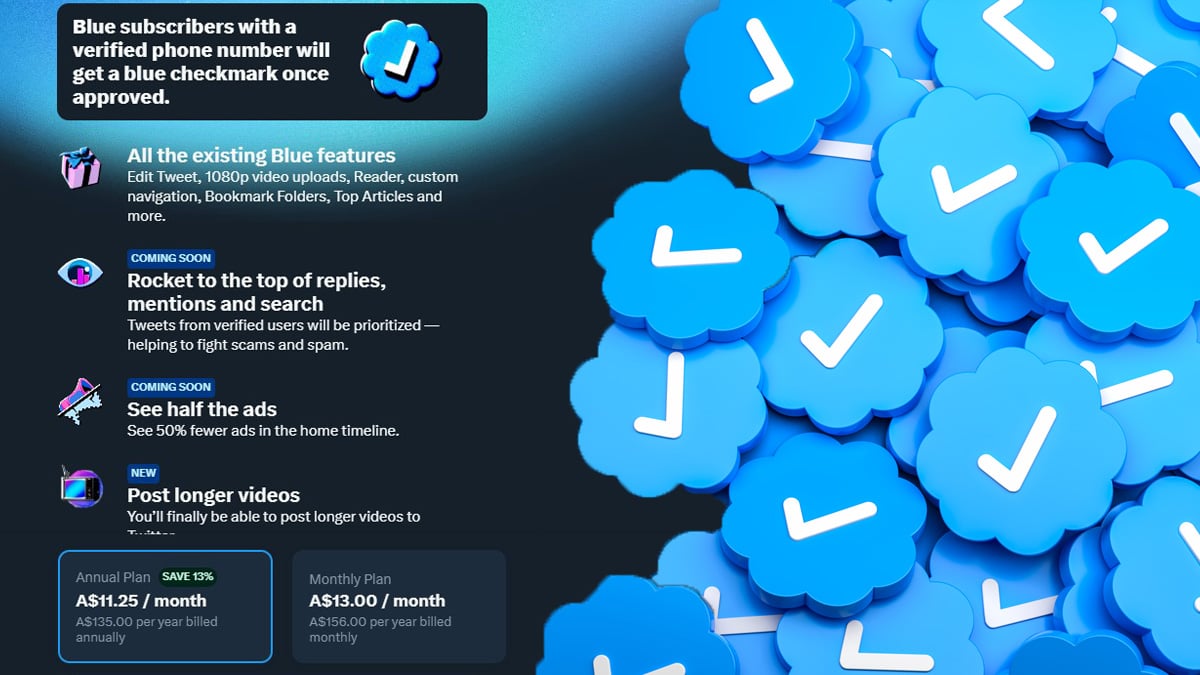
Twitter has been and always will be a toxic cesspool, the little microblogging site that overcame limits 140 characters at a time to become an international forum that gave a voice to the voiceless, democratized the sharing of information, and influenced culture in unthinkable ways. Do you remember that dress of varying colors? What about when celebrities decided that the best way to cheer everyone up during a pandemic was to sing “Imagine” by John Lennon? Or how about that time a sitting senator liked porn, inadvertently bringing it onto his timeline? The point is, Twitter is as incredible as it is horrible, and although the newest iteration being run by Elon Musk will only continue to destroy the legacy of the Blue Bird, it was always the social media site in spite of itself.
One major problem the site faced over the past 17 years has been identity verification — how do you know the person tweeting is real? For celebrities and journalists alike, impersonators could, and often did, cause trouble. Most people caught in the hustle and bustle of reality did not notice an extra letter, number, or symbol in the username of whatever celebrity seemed to be going on an unprecedented rampage. To combat this, Twitter introduced Verification, a checkmark next to an account’s name which denoted they are indeed who they say they are. This system, while flawed and aimed toward influencers and a select few journalists of note, certainly curbed much false posting. That is, until Musk removed it.
from All the latest Gaming News, Reviews, Trailers and Gameplay Previews! PC and Console! https://ift.tt/hOs9dLp



0 comments: